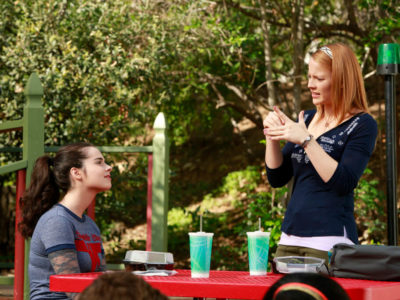At the beginning of my college career, I worked at Aeropostale. One day, a woman came in to find an outfit for her daughter, so I walked over to her and asked if she needed help with anything. She signaled to me that she couldn’t hear. The attempted conversation remained difficult until we eventually had to use paper and pen. That moment made me want to learn American Sign Language. If I went back in time, with the knowledge of the language I have now, I would have been able to help her. I ended up taking an ASL class and every other college student should do the same.
ASL Is Unique
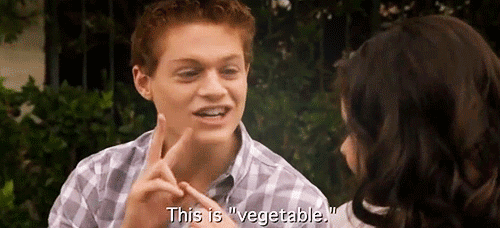
Your parents bought you a Rosetta Stone package for Christmas because they want you to know another language? Well, if that language is Spanish, French or German, they all have the same idea: learn to say different words and how the grammar works. ASL is much different. This language works well for people who learn better with hands-on, visual lectures as opposed to the boring, note-taking ones. In an ASL class, you’ll learn different hand movements and signs for every word. Some words have the same movement, yet are located at a different part of your body. The best part about this language is expression. Because the Deaf Culture cannot express anger or sadness in their voices, their facial expressions take over that job while signing out the words and phrases. Seeing “f—k you” is a lot different than hearing it.
It Looks Great on a Résumé
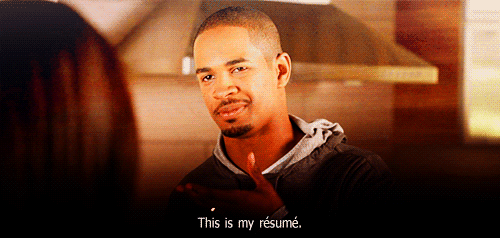
Our resumes often reflect most of the classes and volunteer work we do in college. If you sign up to help clean campus on Earth Day, chances are it’ll be typed up in your “look at all of the great work I can do” section. All of you go-getters should feel great about doing these things, but when a company sees that you know ASL, they’re more impressed. “In my line of work—being a Director of Home Health Care—communication with our clients needs to be clear. We care for people with many different illnesses and disabilities, so an applicant that knows ASL, or any additional language, would be a huge asset to our team,” Director of Bayada Home Health Care Denise Daley said. Imagine being able to check that little box in the language portion of an application that says ASL. Can you feel the satisfaction?
You Can Be an Interpreter
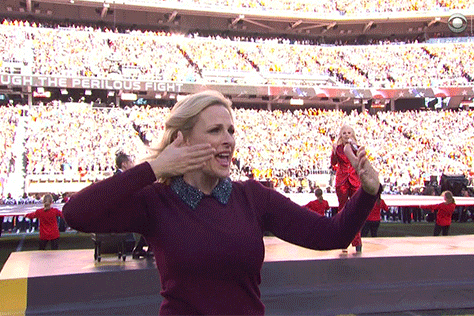
Deaf celebrities, students and even older people sometimes need an interpreter. Today, we see more of them on TV, in lectures at school, in hospitals and some even work for the CIA. Just this past Super Bowl, Marlee Matlin signed The National Anthem while Lady Gaga was belting it. Also, on this season of Dancing with the Stars, America’s Next Top Model winner Nyle DiMarco, who is completely deaf, danced using his other senses. He had an interpreter sign to him what the judges had to say after each performance. As for how much interpreters make—interpreters with an Registry of Interpreters for the Deaf (RID) certification can make as much as $62,000 to $73,000 per year. An ASL interpreter for the CIA can earn anywhere from $75,000 to $116,000 per year. Not too shabby.
You Can Learn about the Deaf Culture
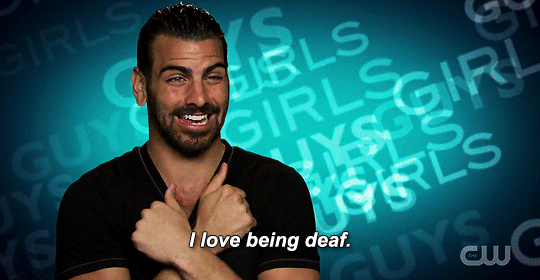
While in my ASL class at East Stroudsburg University, I learned about Deaf Culture in addition to how to communicate via sign language. Deaf Culture has its own set of social beliefs, behaviors, history and values. The part about the Deaf Culture that surprised me the most has to do with the fact that they don’t view their deafness as a disability. Some people who are born deaf believe they’re fine, and the majority of them wouldn’t want to do anything to try to “fix” their hearing even a little bit. Hearing aids are helpful to some, but the biggest decision in that world happens to be the cochlear implant. The implant could help to a certain extent, but most people in the Deaf Culture won’t even consider it. Heather Artinian in the documentary Sound and Fury wanted the best of both worlds: hearing and the deaf world. “I wanted the implant to be able to talk to whomever I want,” Artinian said. She also said that she remembered a time when her father had been denied a promotion at work because of his deafness and notes it as one of the key experiences that fueled her desire for the implant.
You Can Help People
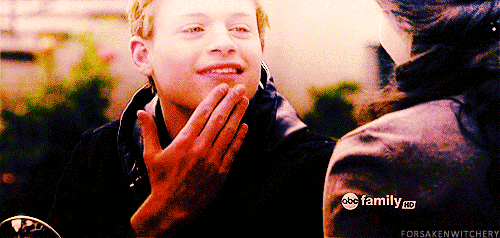
“When I was in the Dominican Republic on a mission trip, we were able to go to a deaf school, [and] I was the only one who knew some sign language, so I got to chatting with the young kids,” East Stroudsburg University Sarah Snydma said. “It was really simple stuff. We exchanged names, ages and just had a short little conversation, and then played some games,” she said. She remembered another time she utilized ASL in hopes of creating a comfortable environment for those who were deaf. “Another time I got to use some sign was when I was waitressing. A customer at my table was deaf, and I just told him my name and that I only know a little bit of sign.”
As the semester comes to an end, I feel prepared to help or talk to a deaf person or someone hard of hearing with ASL knowledge. “This is how I look at it…You lose something, like your hearing or your sight, but that allows you to open up to something else,” partially deaf student Vinny Bono said. “We can’t hear, so it allows us to open our eyes more and look around and see things for what they are.”

